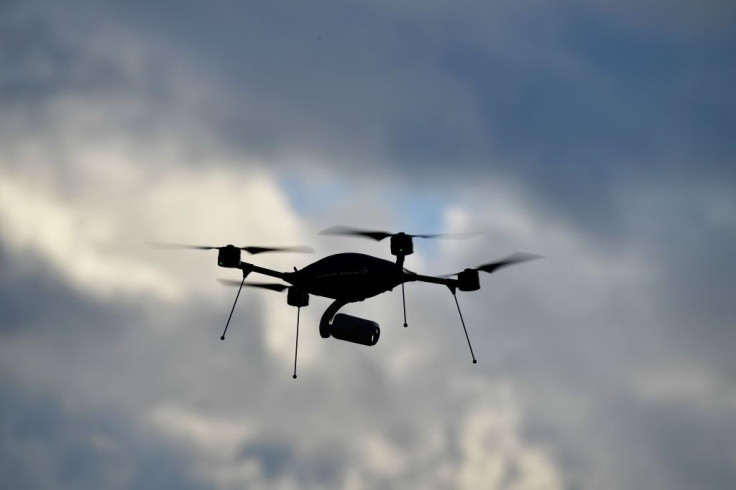Engineers draw inspiration from nature to develop new drone technology
Drone experts want to come up with new mechanics to achieve flight with remarkable manoeuvrability for various applications.
Industrial and commercial drones have proven to be useful and versatile amid the coronavirus outbreak. As people are instructed to isolate at home unless there is an urgent matter that requires them to head out, alternate forms of logistics have been introduced. Depending on the area, essential goods such as groceries, prescription medication, and others can be delivered. Moreover, some hospitals are even using these machines for delivering medical supplies and collecting samples for testing. Now, engineers are testing new technology for future unmanned platforms.
With a few exceptions, modern drones use propellers and are normally patterned around a quadcopter configuration. Nevertheless, experts want to come up with new mechanics to achieve flight with remarkable manoeuvrability. Hence, a team of researchers have crafted a prototype called an ornithopter which is inspired by how certain animals fly. Reports describe its design as close to that of a human-powered machine from Leonardo da Vinci's sketches.
The paper -- published last week in Science Robotics -- is authored by an international group of experts from Singapore, Taiwan, China, and Australia. Weighing in at only 26 grams, the lightweight drone is using a special elastic mechanism which is great at minimising wobble. Tests show that the robot can quickly assess the situation and recover from unexpected changes to its orientation. Furthermore, it supposedly consumes 40 percent less electricity than conventional drones.
The team noted: "The aerobatic maneuvers of swifts could be very useful for micro aerial vehicle missions. Rapid arrests and turns would allow flight in cluttered and unstructured spaces. However, these decelerating aerobatic maneuvers have been difficult to demonstrate in flapping wing craft to date because of limited thrust and control authority."
Meanwhile, it seems the researchers have developed a system that allows the ornithopter to fly indoors, which has been a challenge for older models. National Chiao Tung University of Taiwan's associate professor in mechanical engineering, Lau Gih-Keong, stated: "Other future applications include indoor pollination of plants such as strawberries in greenhouse or other fruit in vertical farm."

Quadcopters, on the other hand, can easily damage vegetation with their propellers. The team admits that improvements need to be made to make it a feasible replacement for current platforms. They hope to build larger versions that can handle heavier payloads and maintain its dynamic flight capabilities.
© Copyright IBTimes 2025. All rights reserved.





















